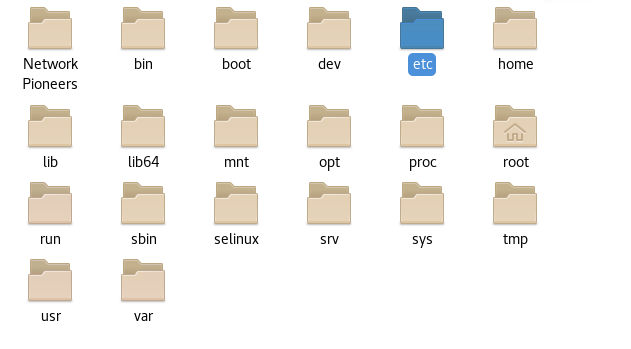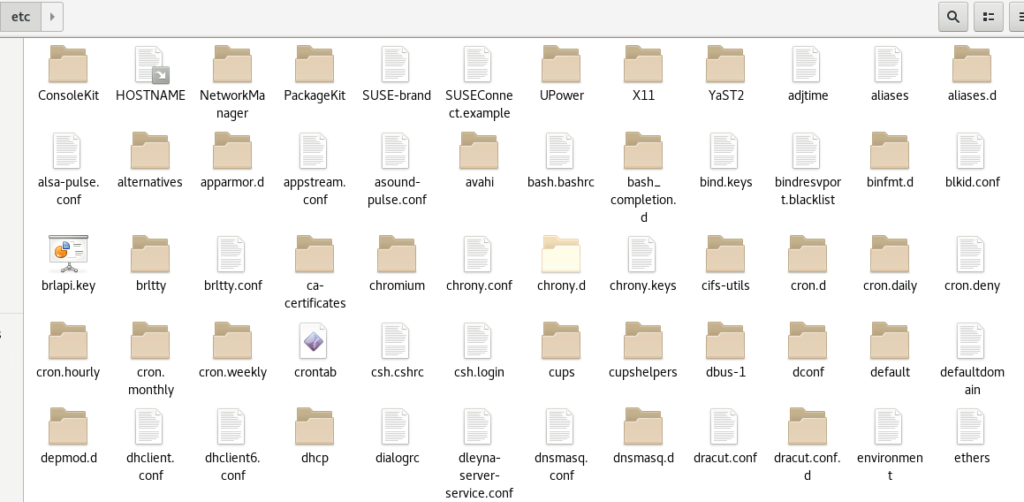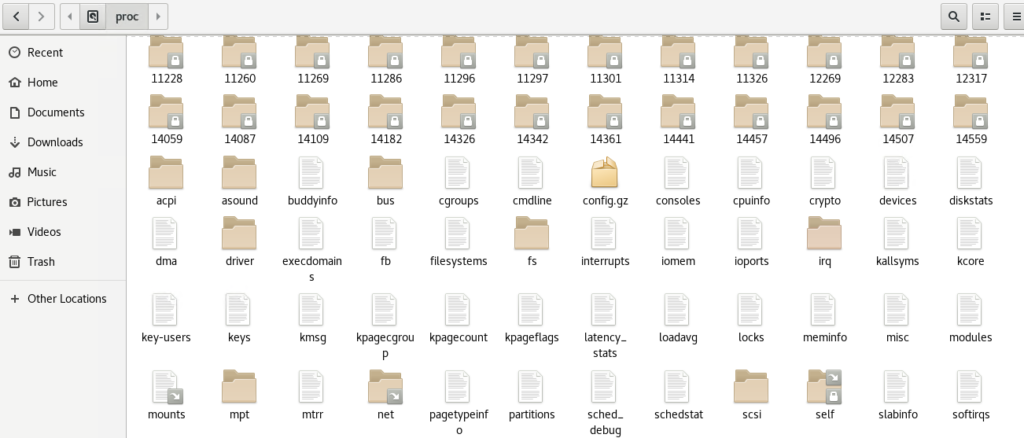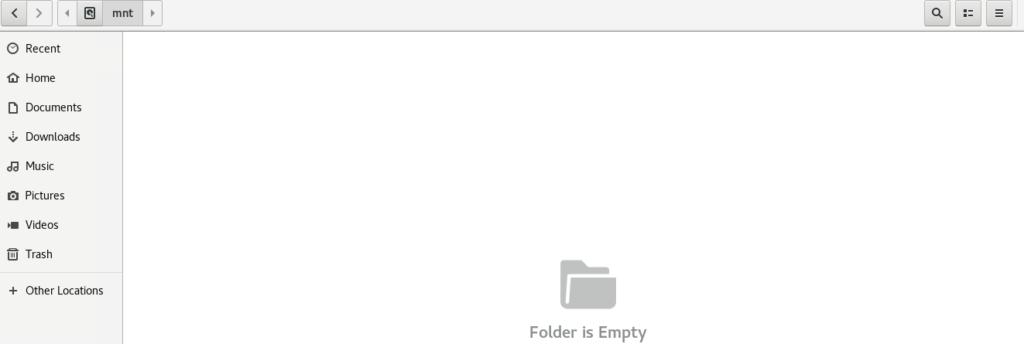Linux Standard Base (LSB)
SUSE supports the Linux Standard Base project.
information about the project can be found at http://www.linuxbase.org.
The valid LSB specification is Apart from the File System Hierarchy Standard (FHS), things like the package format and details of the system initialization
In accordance with the LSB specification > SUSE LINUX is also compliant with the File System Hierarchy Standard or FHS (package fhs).
Also see http://www.pathname.com/fhs/. For this reason, in some cases it was necessary to move files or directories to their correct places in the file system, as specified by the FHS.
- The following directories always have to be on the same partition as the root directory: /bin, /dev, /etc, /lib, and /sbin
/bin
Essential Binaries for Use by All Users (/bin) : Similar to the C:\Program Files directory in Windows, the /bin directory contains important binaries (executable programs) that are required when no other file systems are mounted,
Some programs in /bin :
- /bin/bash The bash shell
- /bin/cat Displaying files
- /bin/cp Copying files
- /bin/dd Copying files byte-wise
- /bin/gzip Compressing files
- /bin/mount Mounting file systems
- /bin/rm Deleting files
- /bin/vi vi editor
- Note : most files in [/bin] are link to executable files (programs) in path [/usr/bin
/home
User Directories (/home) : Every user on a Linux system has his own area in which to work with files (this is similar to the C:\users\<username> directory in Microsoft Windows).
- the most important files in a user’s home directory :
- .profile àPrivate login script of the user ==script folder
- .bashrcà Configuration file for bash
- .bash_historyà List of commands previously run in bash
/boot
Boot Directory (/boot) is Similar to the C:\Windows\System directory in Windows, the /boot directory contains system files. Specifically, it contains
- Static files related to the boot loader GRUB (Grand Unified Bootloader). These files (with the exception of configuration files) are required for the boot process.
- The backed-up information for the Master Boot Record (MBR) and the system map files. They contain information about where exactly the kernel is located on the partition. The MBR backup file is called backup_mbr.
- The kernel, which has the file name vmlinuz. vmlinuz is actually a symbolic link to the actual kernel file. According to the FHS, however, the kernel can also be located directly in the root directory
/data
Other Partitions (/data) : If YaST, the graphical administration tool, finds other (non- windows) partitions or another hard disk during the installation, it creates mount
points for each partition labeled datax (/data1, /data2,and so on).
similar to boot.ini in windows
/dev
Device Files (/dev) : Each hardware component in the system (such as hard drive partitions, CD drives, printer, and mouse) is represented as a file in the /dev directory
similar to my computer in windows
for more clarification on how SLES Devices à https://en.opensuse.org/SDB:Basics_of_partitions,_filesystems,_mount_points
/etc
Configuration Files (/etc) Similar to C:\WINDOWS, this directory and its subdirectories contain system configuration files. Almost all these files are ASCII files, which can be processed with any editor. Normal users can read nearly all of these files, but only root can edit them. According to the FHS, no executable programs can be located here
Some important configuration files are listed below
/lib
Libraries (/lib) The /lib directory contains the libraries that are used by programs in the /bin and /sbin directories. The kernel modules (hardware drivers not compiled into the kernel) are located in the /lib/modules/ directory DLL files in windows environment
/media
- Mount Point for Removable Media (/media/*): SUSE Linux creates directories in the /media/ directory for mounting removable media when detecting media:
- /media/floppy/ Created for a floppy disk drive.
- /media/cdrom/ Created for a CD-Rom drive.
- /media/cdrecorder/ Created for a CD burner.
- /media/dvd/ Created for a DVD drive.
- /media/usbdisk/ Created for a USB stick. The mount point for USB sticks can be different. Examples: /media/usbdisk/, /media/disk/, /media/disk-1. If the USB stick has a label, that label will be used.
- /media/media_name Created after inserting a labeled removable media
/tmp
- Temporary Area (/tmp) Various programs create temporary files that are stored in the /tmp directory until they are deleted
/windows
- Windows Partitions (/windows) If YaST finds any partitions with a Microsoft file system, it creates a /windows directory automatically. Inside this directory are subdirectories labeled with Windows drive characters (e.g., C, D).
/mnt
- Mount Point for Temporarily Mounted File Systems (/mnt) : , in the Linux world, you have to integrate or “mount” them before you can access them. You can mount files system anywhere, but the standard directory for mounting is /mnt. It should only be used for temporary purposes. For permnent mounts, you should create an appropriately named directory
- In the following example, the hard drive partition /dev/hda7 is mounted at the position /mnt in the directory tree using the mount command: da2:~# mount /dev/hda7/mnt














